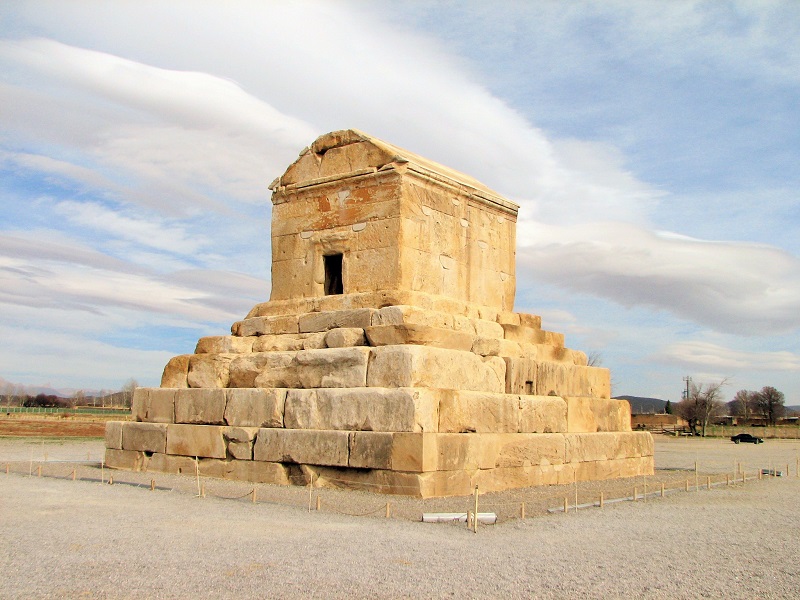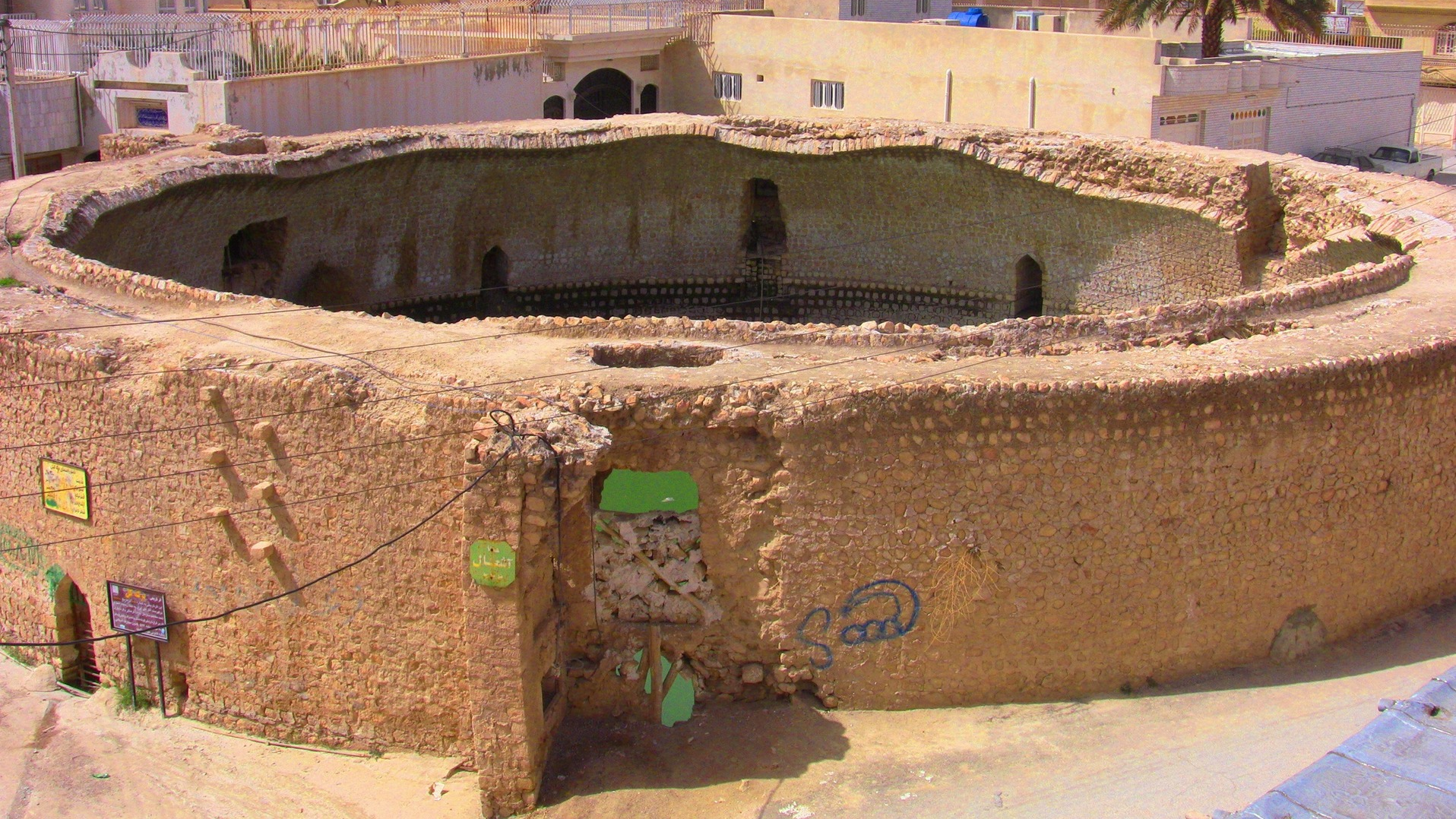
Historical Bazaar of Tabriz; the Largest Covered Bazaar in the World
Bazaar has always been the most important economic pillar in Iranian cities and this is the reason that most of the historical cities of Iran have bazaars that still maintain their efficiency. The Historical Bazaar of Tabriz is also one of these traditional markets, which has been the center of economic activities of this city since the distant past.
Almost all the foreign tourists who have traveled to Tabriz since the distant past have mentioned this bazaar in their travelogues and written about the variety of goods including fruits, precious fabrics, precious and semi-precious gems, and jewelry found in this market. The Historical Bazaar of Tabriz is one of the most important tourist attractions of this city, which must be included in the itinerary of every tourist who visits it!
History
Tabriz was located on the east-west trade route. The Silk Road, which once connected East Asia to North Africa and Europe and was the largest communication highway of the world trade network for 1700 years, passed near Tabriz and this made this city gain strategic importance.
Although the historical and geographical position of Tabriz had resulted in the foundation of many commercial infrastructures, the establishment of the Bazaar of Tabriz dates back to the Seljuq era (12th century AD). After the Mongol invasion of Baghdad in the 13th century and the destruction of this city, Tabriz became the center of attention resulting in the increasing prosperity of this city. Ibn Battuta and Marco Polo, two famous travelers of the 14th century AD, have described Tabriz as one of the richest cities in the world of the time in their travelogues.
Although after the coming to power of the Safavids in the 16th century Tabriz maintained its glory, this city faced decline when Shah Abbas I moved the capital of the country from Tabriz to Qazvin. Nevertheless, through the efforts of its people, Tabriz managed to regain its position as one of the most important cities in northwestern Iran.
In the 18th century, a terrible earthquake almost completely destroyed Tabriz, and its bazaar, too, suffered a lot of damage. But being economically important, it was restored after some time and regained its glory. It seems that the current structure of this bazaar was created by a person named “Najaf Qoli Khan Danbali”, who was the governor of Tabriz at that time, about 300 years ago.
Architecture
The historical market of Tabriz is a complex in which there are several caravanserais, markets, and passages. These parts have been gradually formed and integrated according to the requirements of the time. The most prominent parts of this historical bazaar include the Amir Bazaar, which is a gold and jewelry market, the Mozaffariyeh Bazaar of carpets, and the Shoe Sellers’ Bazaar. The Historical Bazaar of Tabriz, which is the largest covered bazaar in Iran and the world, is located over an area of nearly one square kilometer.
Most of the arcades of this bazaar are built on three floors, the lower floor accommodates the warehouses, the ground floor is the trading place, and the upper floor is the resting place. The main corridors of the bazaar are connected with several sub-corridors, which house the arcades. The crossroads of these corridors are covered with brick arches. the largest of these arches is that of the Amir and Bazaar and the most beautiful of them is that of the Mozafariyeh Bazaar.
There are also several traditional teahouses in this bazaar, the layout and interior decorations of which represent a part of Iran’s history. There were also some caravanserais in this market, which were a resting place for commercial caravans. Certain chambers had been prepared in these caravanserais for the passing caravans to sell their goods.
The Historical Bazaar of Tabriz was inscribed on the list of Iran’s national heritage in 1975 and as one of Iran’s UNESCO World Heritage Sites in the year 2010.
Almost all the foreign tourists who have traveled to Tabriz since the distant past have mentioned this bazaar in their travelogues and written about the variety of goods including fruits, precious fabrics, precious and semi-precious gems, and jewelry found in this market.
| Name | Historical Bazaar of Tabriz; the Largest Covered Bazaar in the World |
| Country | Iran |
| State | East Azerbaijan |
| City | Tabriz |
| Type | Historical |
| Registration | Unesco |

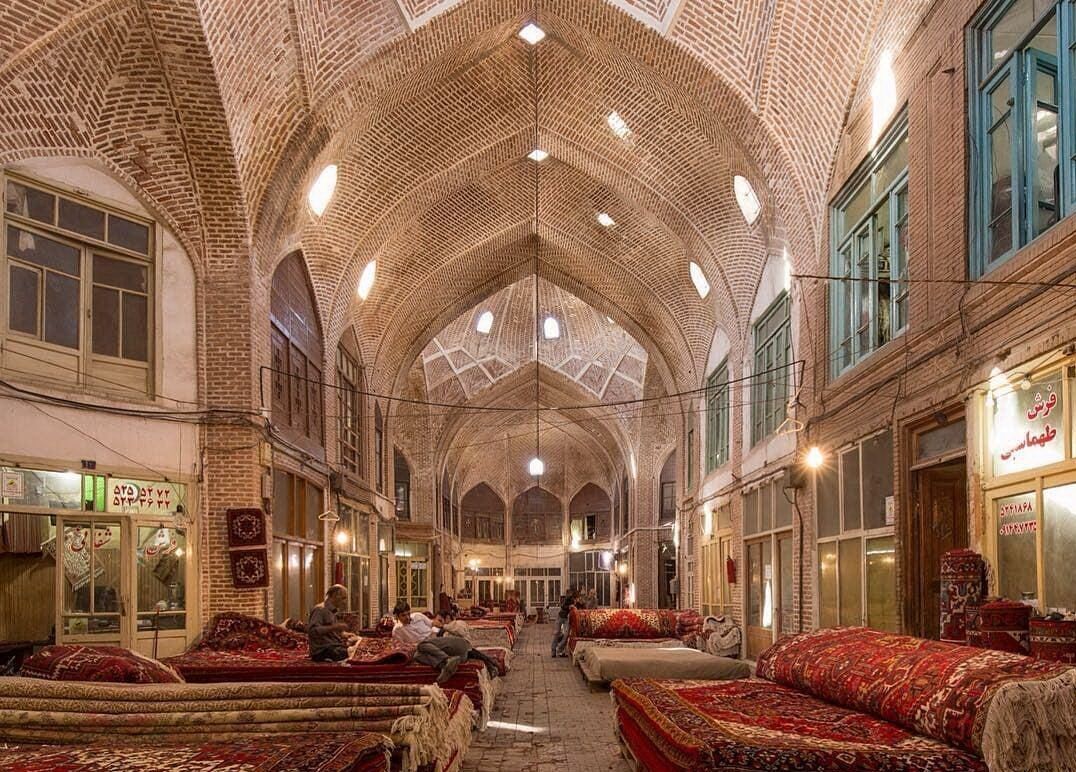
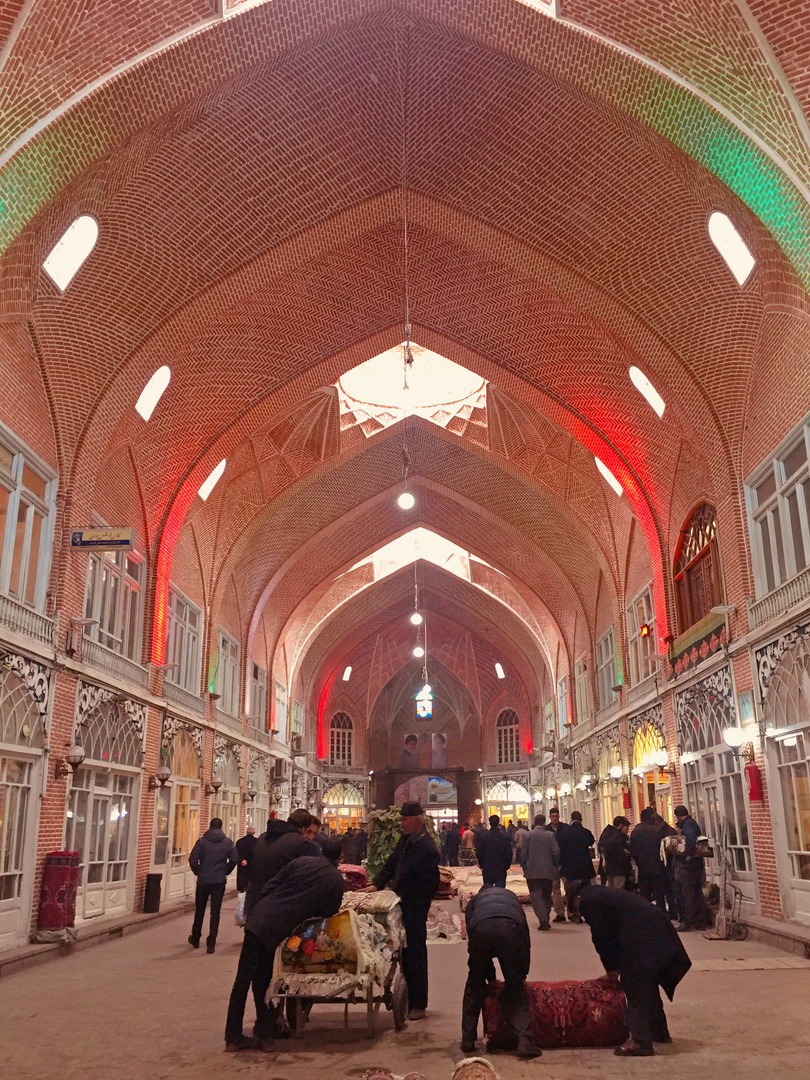





Choose blindless
Red blindless Green blindless Blue blindless Red hard to see Green hard to see Blue hard to see Monochrome Special MonochromeFont size change:
Change word spacing:
Change line height:
Change mouse type:
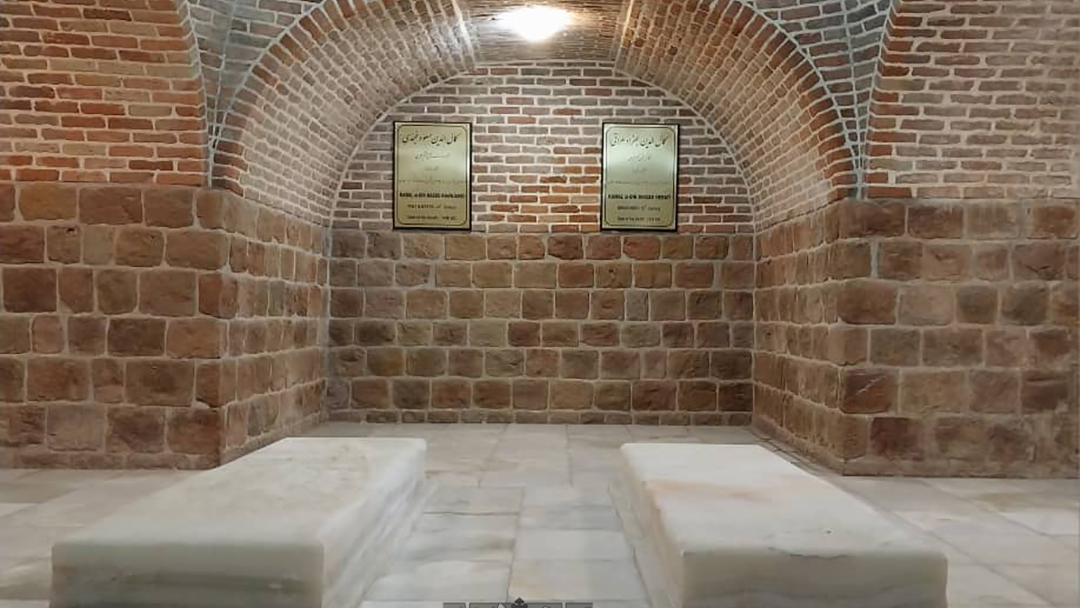

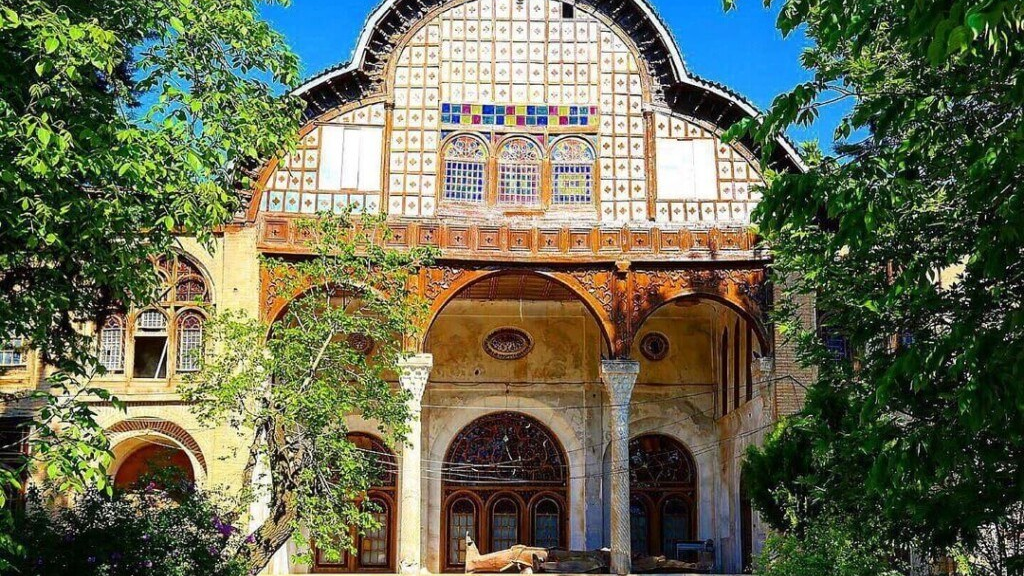
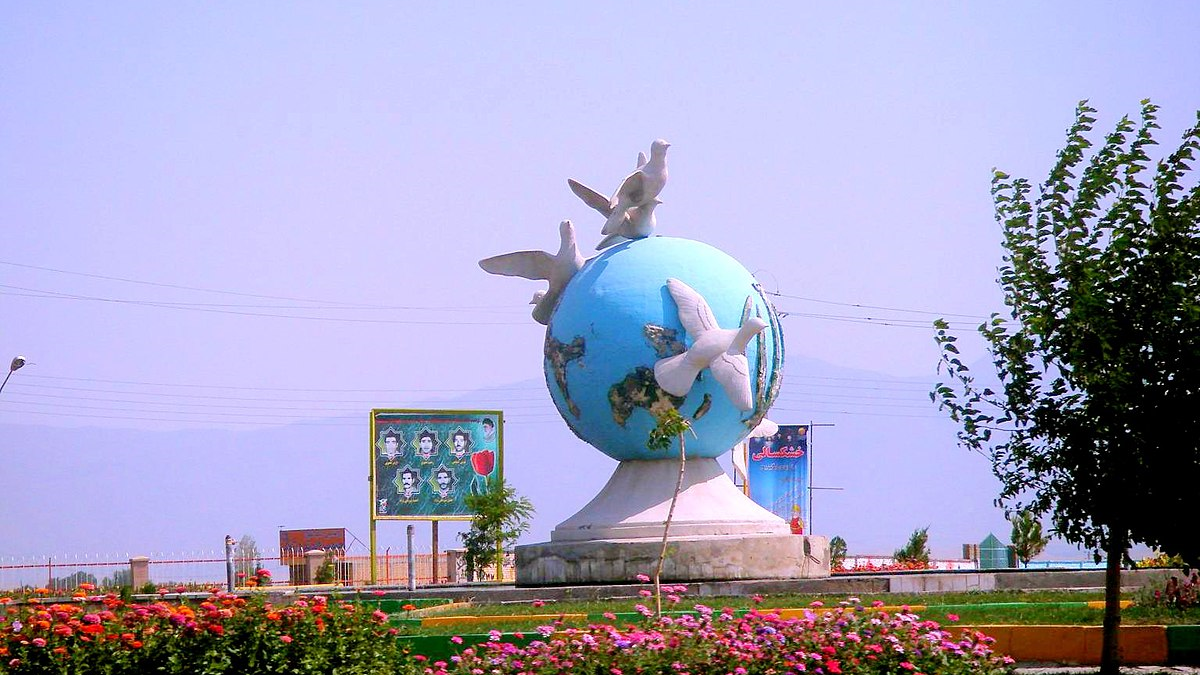
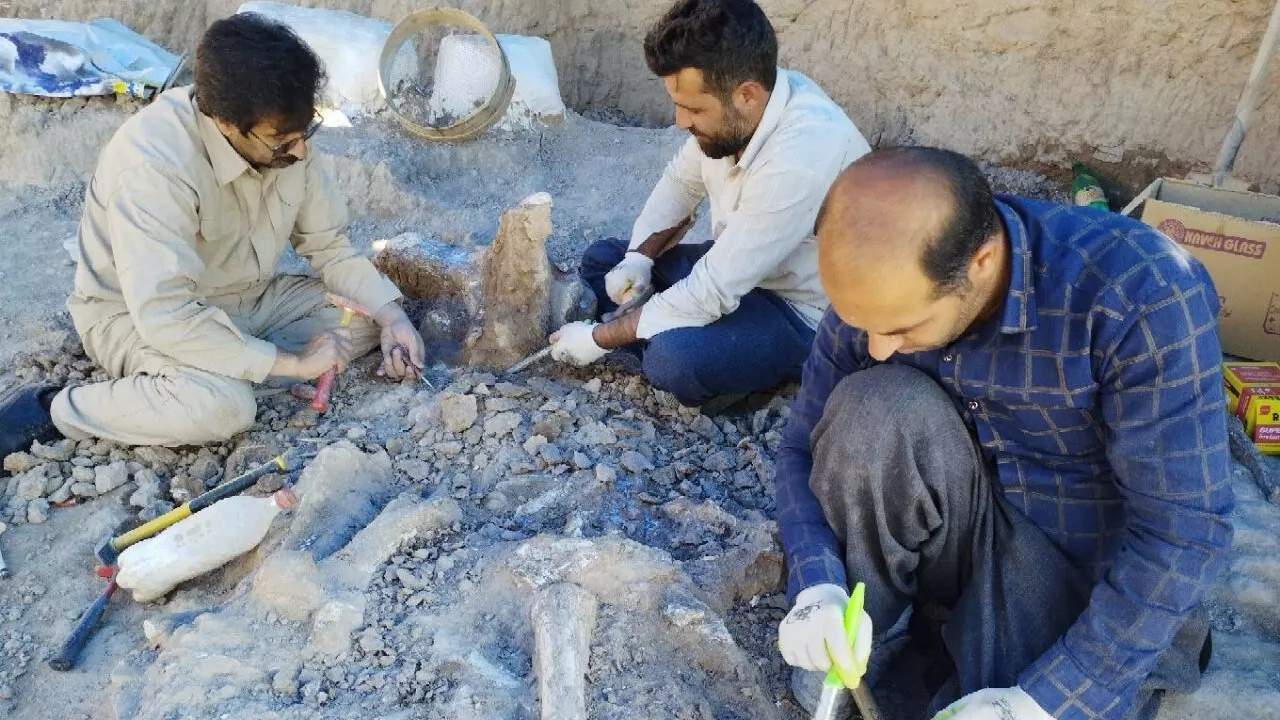
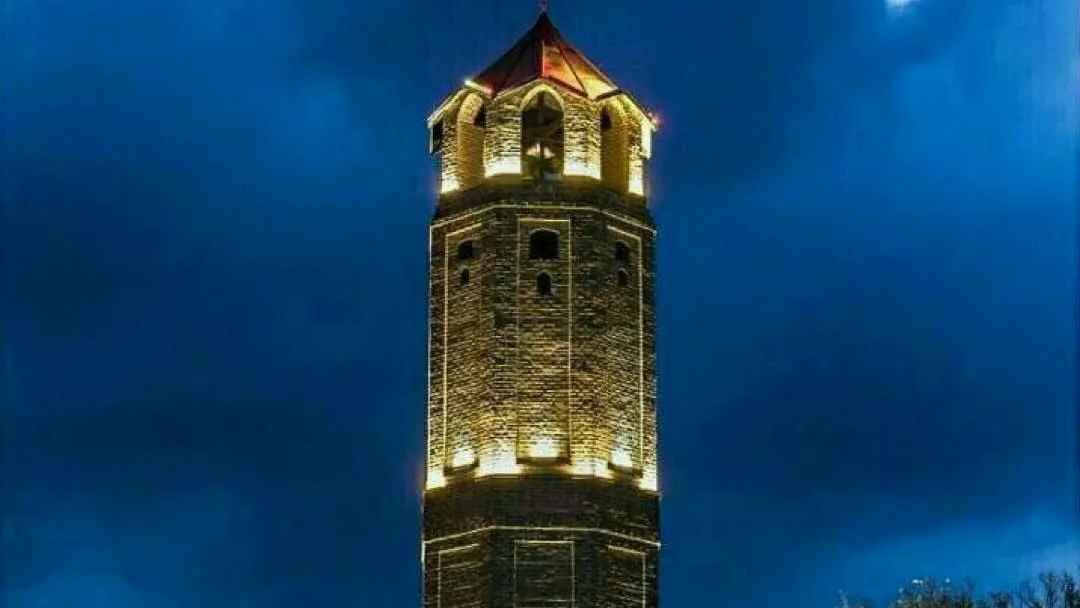
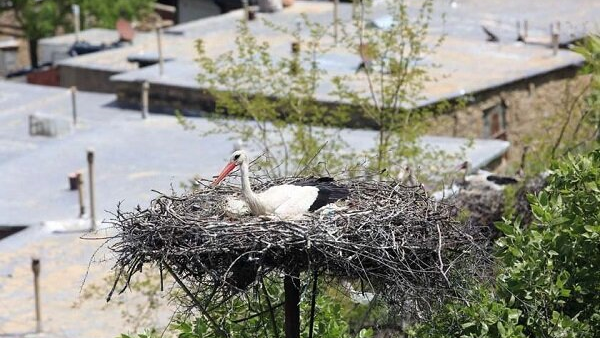
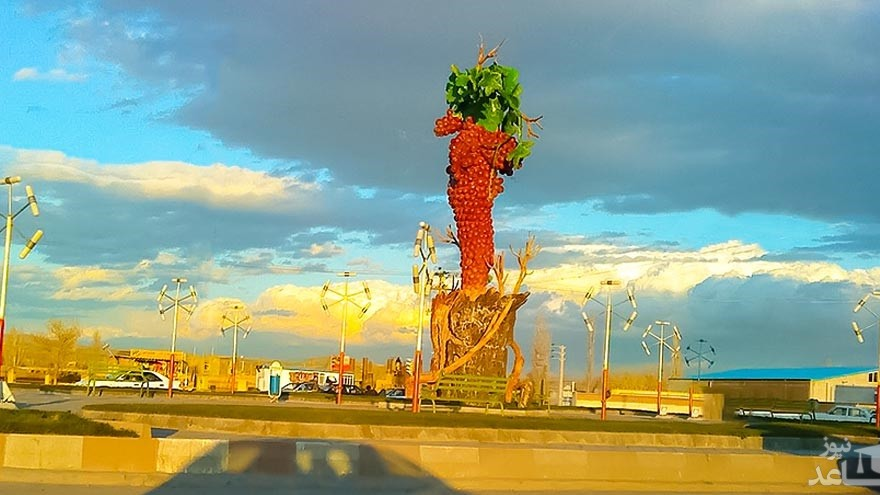

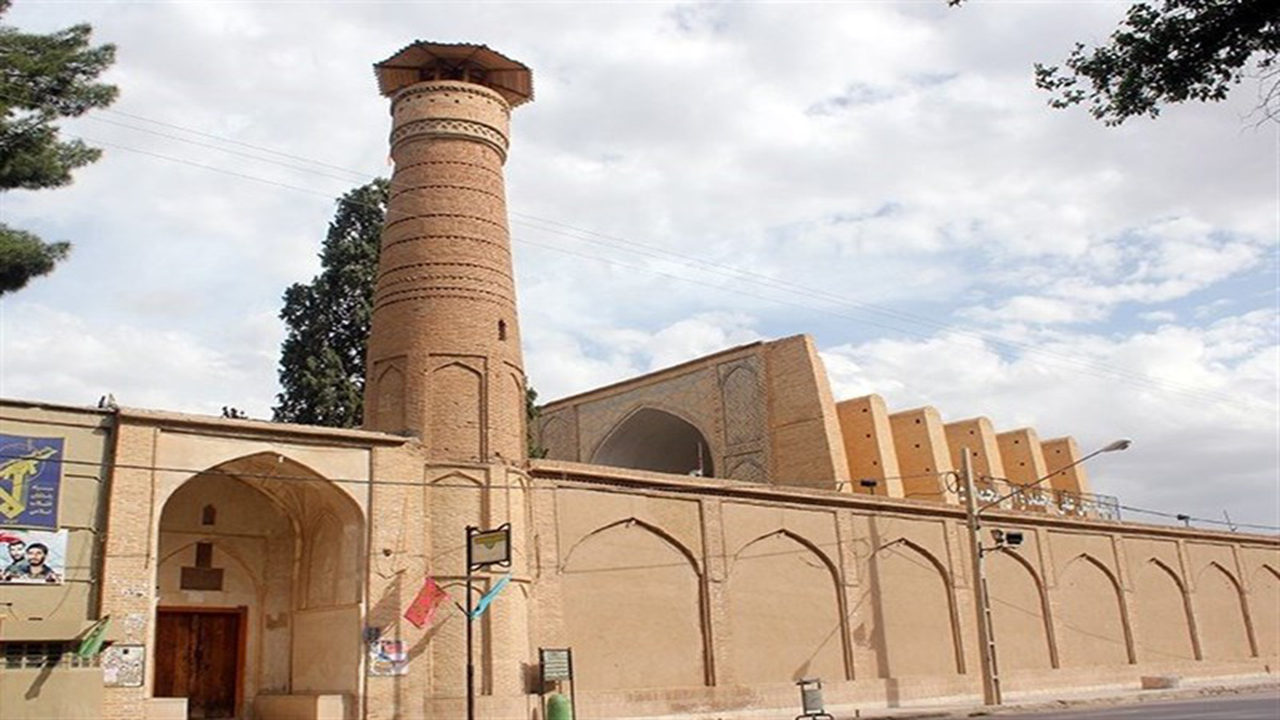
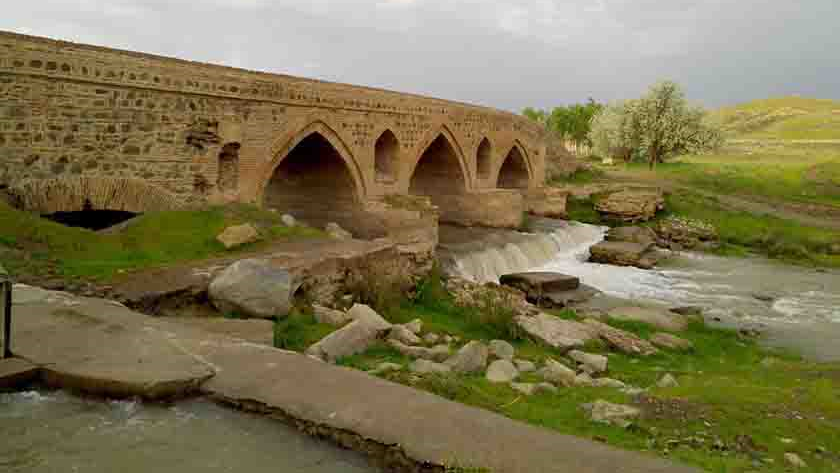
.jpeg)

